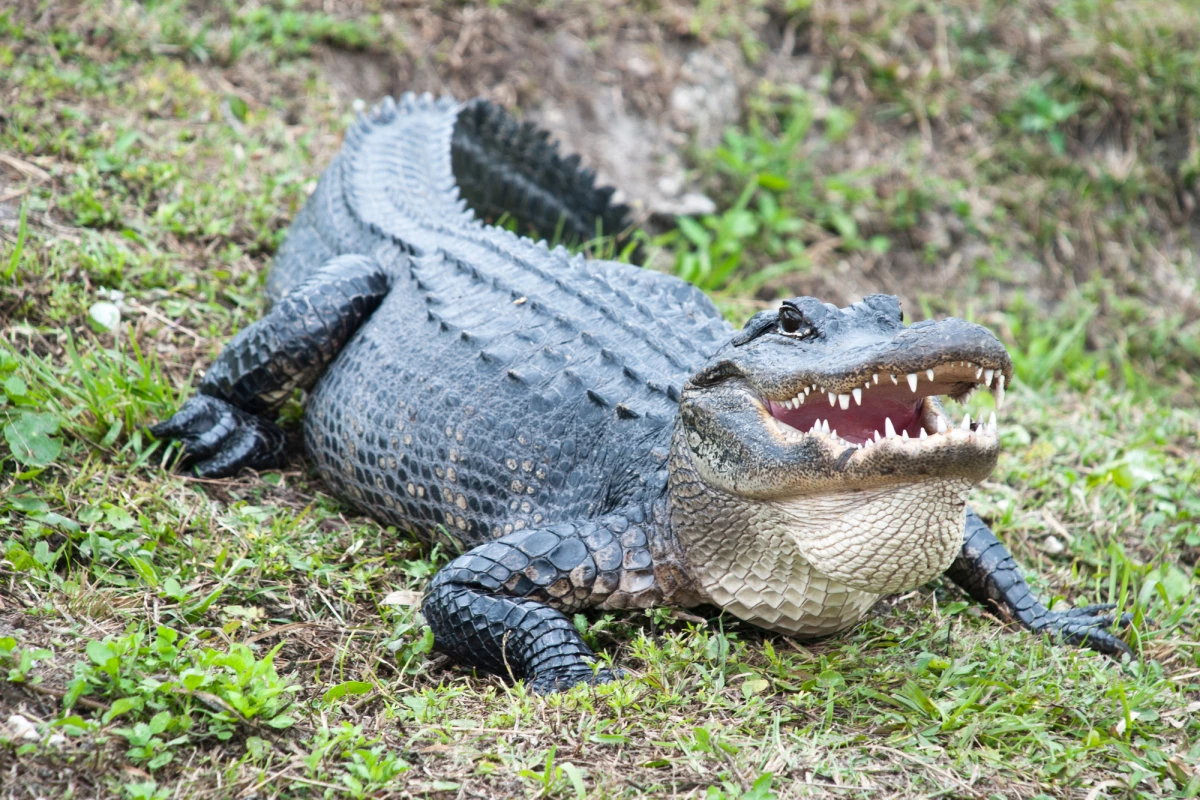Newts do it. Lizards do it. Even educated axolotls do it. Regenerating limbs isn’t something many animals can do, but now there’s a surprising new addition to the list – alligators. A new study has shown for the first time that young American alligators can regrow large sections of their tails.
The team, made up of researchers from Arizona State University and the Louisiana Department of Wildlife and Fisheries, says that alligators in the wild had previously been seen with tails that appeared to have regenerated, but the ability hadn’t been confirmed with direct studies.
So the team set out to do just that, examining the tails of three wild-caught alligators that appeared to have regrown, and compared them to one with normal anatomy. And sure enough, alligators were ushered into the exclusive limb regeneration club. The animals were able to grow up to 9 in (23 cm) of new tail, accounting for up to 18 percent of their total body length.
"What makes the alligator interesting, apart from its size, is that the regrown tail exhibits signs of both regeneration and wound healing within the same structure," says Cindy Xu, lead author of the study. "Regrowth of cartilage, blood vessels, nerves, and scales were consistent with previous studies of lizard tail regeneration from our lab and others.”

That said, the new tails aren’t perfect replicas of the originals. Dissections revealed that the regenerated tails were lacking skeletal muscle, instead made up of fibrous connective tissue similar to scar tissue. Rather than bone divided into vertebrae, the new tails were supported by an unsegmented tube of cartilage. And the outer scales were more densely packed together than usual, and missing the scutes on top.
Still, it’s a very impressive ability for an animal this size, and raises new questions about the evolution of limb regeneration.
"The ancestors of alligators and dinosaurs and birds split off around 250 million years ago," says Kenro Kusumi, co-senior author of the study. "Our finding that alligators have retained the cellular machinery to regrow complex tails while birds have lost that ability raises the question of when during evolution this ability was lost. Are there fossils out there of dinosaurs, whose lineage led to modern birds, with regrown tails? We haven't found any evidence of that so far in the published literature.”
The research was published in the journal Scientific Reports.
Source: Arizona State University via Phys.org




